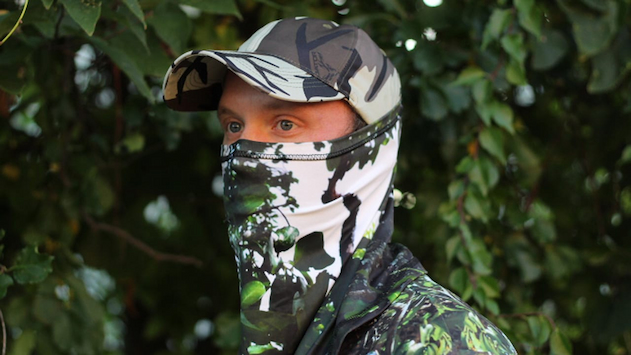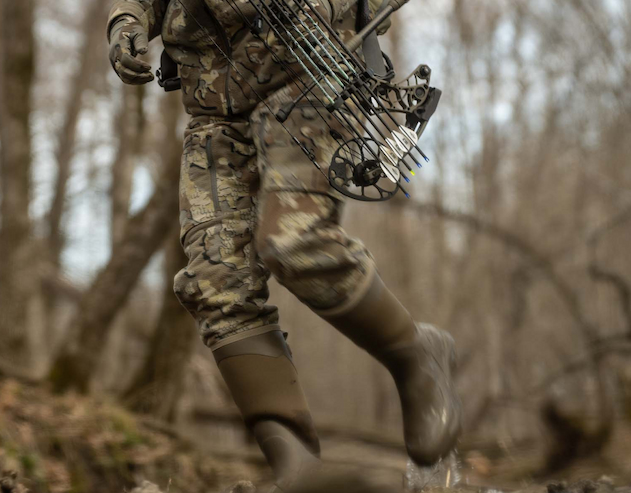Beginner’s Guide to Hunting Apparel
Hunting is fun. You get to spend time outdoors, in nature, with friends. However, you must also be prepared for anything, so it’s important to dress properly. The right gear can make or break your experience, affecting both comfort and success in the field. So, let’s look at some of the most important things you must bring.
Hats

Wearing a hat when hunting seems optional for many people and its use is underestimated. But, a reliable haunting hat is a crucial part of your equipment for many reasons. First of all, it protects you from the elements. In spring and summer, it protects your face and neck from the sun and sometimes even from insects, depending on the hat. In autumn and winter, it protects you from wind, rain and even snow, keeping you warm.
It also helps you blend with your surroundings, ensuring you don’t get noticed by the animals you’re hunting. This makes it easier for you to move around. One of the most common types of hunting hats is the baseball cap. This classic and popular choice provides basic sun protection for your face and eyes which is crucial during long hours outdoors.
Many hunting baseball caps come in various camouflage patterns, helping you stay hidden from wildlife, and some of them even feature built-in sweatbands to wick away moisture and sweat, enhancing comfort. Another excellent option for full sun protection is the bush hat. This hat provides shade to your face and your neck. Made from durable materials, these hats are great for rugged terrains and their camouflage design helps you stay lowkey.
For those hunting in colder weather, a beanie or a wool hunting hat is indispensable. These hats offer excellent insulation, keeping your head and ears warm when temperatures drop. Beanies are usually made from materials like wool or fleece, which provide warmth without being too bulky. Some beanies come with added features like windproof linings or ear flaps for extra protection against the cold.
For added protection, you can also opt for the slit balaclava. This headgear can be worn to provide maximum protection against the cold as it covers the head, neck face and sometimes even the shoulders, with an opening for the eyes or the entire face. Made from insulating materials, it keeps you warm while allowing ventilation to prevent overheating.
Shirts
When it comes to shirts, it all depends on the weather. In warmer months, pick a shirt that’s made from moisture-wicking materials that will help you stay cool and dry. In colder months, however, you are going to need to layer several things to keep yourself from being cold. Again, you should start with a moisture-wicking base layer to keep sweat away. Then layer with a long-sleeve shirt made from durable and breathable fabric for insulation. Look for shirts with camouflage patterns that are appropriate for the environment you’ll be hunting in.
Jacket
A good hunting jacket is an essential top layer for protection against the elements. The best jackets are waterproof, windproof, and breathable. They should be able to keep you dry in the rain, warm in the cold, and allow sweat to escape to prevent you from overheating and being drenched in sweat. Choose jackets with multiple pockets so that you can have access to your gear and tools without having to rummage through a backpack. Camouflage is again important for the jacket, helping you blend into your surroundings and allowing you to move freely.
Pants

Hunting pants should be durable, comfortable, and suitable for the terrain you’ll be navigating. Like shirts, moisture-wicking base layers can be worn underneath to manage sweat. Over this, a pair of rugged, camouflaged pants will protect you from the elements, scratches and rough terrain. Look for pants with reinforced knees as this area can wear out quickly. Pants with multiple pockets are also useful for carrying small gear and accessories, such as knives or your phone.
Boots
Boots are probably some of the most important pieces of hunting apparel. A good pair of boots will provide support, protection and comfort, regardless of the terrain or weather. When choosing boots, consider where and when you’ll be hunting. Insulated boots are essential for cold weather, while lightly insulated ones are better for warmer climates.
Other Accessories
Beyond the main clothing items, a few additional accessories can enhance your hunting experience. Gloves are essential for keeping your hands warm and protected. They protect your hands from scratches and other small injuries from bushes. Make sure that they have a good grip, to avoid any accidents when shooting. A binocular harness is another useful accessory, keeping your binoculars easily accessible while distributing their weight across your shoulders to prevent neck strain and keep your binoculars from bouncing around as you move.
To Wrap Up
Hunting requires a combination of skill, patience, the right gear and the right clothing. By carefully selecting your hunting apparel, you can ensure that you’re comfortable, protected and ready for whatever nature throws at you. From hats to boots and everything in between, each piece plays a crucial role in your overall hunting experience. So, gear up and have fun!



